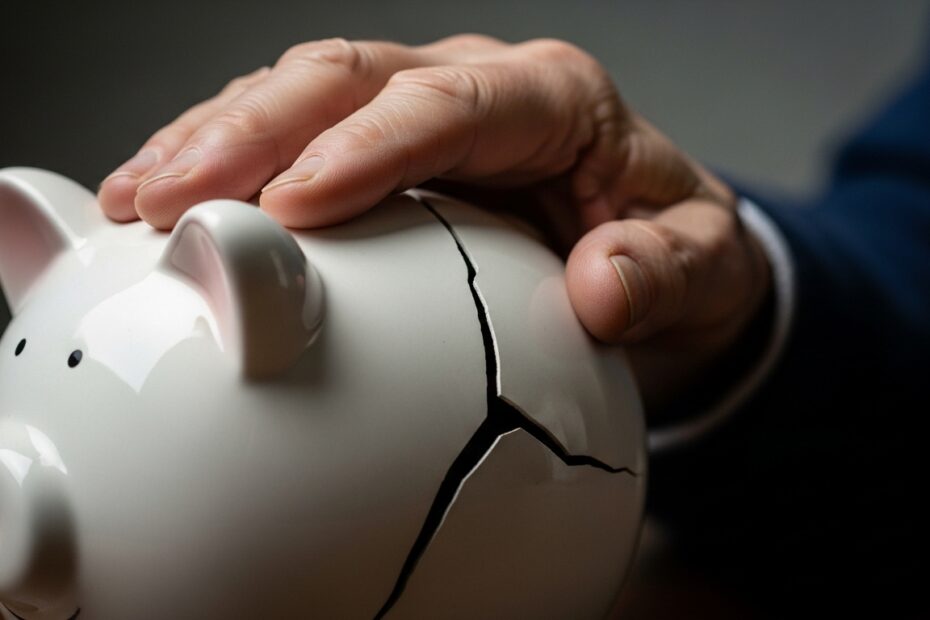For millions of seniors, a lifetime of diligent saving and careful planning can be threatened by a single, sudden event. It’s not a market crash or an unexpected expense; it’s a fall. A serious fall is more than a health scare—it’s a financial and emotional earthquake capable of depleting savings, altering the course of your retirement, and threatening the very independence you cherish.
This article breaks down the staggering financial burden of falls and provides a clear, actionable guide on how to improve balance, build strength, and protect your future.
What is the Financial Burden of Falls? A Three-Wave Impact
The financial impact of a fall often arrives in three distinct and compounding waves, turning a single moment into a prolonged financial strain.
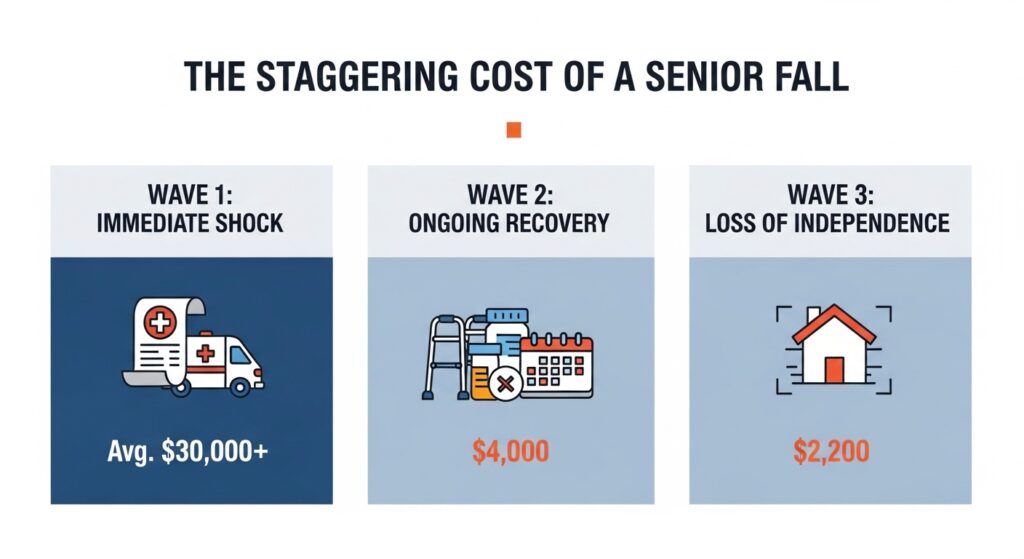
Wave 1: The Immediate Shock of Acute Medical Bills
The first wave is the most immediate and shocking. According to the Centers for Disease Control and Prevention (CDC), the average hospital cost for a fall injury is over $30,000. This wave includes:
- Ambulance Ride: A service that can cost hundreds or even thousands of dollars.
- Emergency Room Visit: A hub of urgent decisions where every test, scan (X-rays, CTs, MRIs), and consultation carries a significant price tag.
- Hospital Stay & Surgery: A hip fracture, a common fall-related injury, often requires a hospital stay and surgery, with separate fees for the surgeon, anesthesiologist, and the operating room itself. Even with excellent insurance, out-of-pocket costs from co-pays and deductibles can quickly reach thousands.
Wave 2: The Slow Drain of Recovery
True healing doesn’t end when you leave the hospital. The second wave of costs erodes savings over months or even years. This includes:
- Rehabilitation: Physical therapy sessions, often required multiple times a week, come with relentless co-pays.
- In-Home Care: Recovery can necessitate professional health aides or require a family member to take time off work, which carries its own financial implications.
- Home Modifications: Suddenly, your sanctuary becomes a landscape of hazards. Costs for grab bars, raised toilet seats, walk-in showers, or ramps can range from hundreds to thousands of dollars.
- Prescription Medications: Pain management and other complications add another recurring expense.
Wave 3: The Ultimate Cost to Independence
The third wave is the most insidious because its price can’t be measured in dollars alone. A serious fall can break your confidence, leading to a deep-seated fear of falling again, a condition known as kinesiophobia. This fear often leads to inactivity, which is a dangerous trap. Less activity leads to weaker muscles and poorer balance, which ironically and tragically increases the risk of another fall.
This spiraling decline can lead to the most devastating cost of all: the loss of the ability to live safely and independently in your own home.
How to Avoid a Costly Fall: Your Guide to Prevention
Take the first step toward a safer, more confident future. Click here to watch the full video and learn these essential exercises for fall prevention.
The single most important message is that falls are largely preventable. Balance is not just something you lose with age; it is a skill you can build, nurture, and reclaim. Here are practical, effective strategies to invest in your stability.
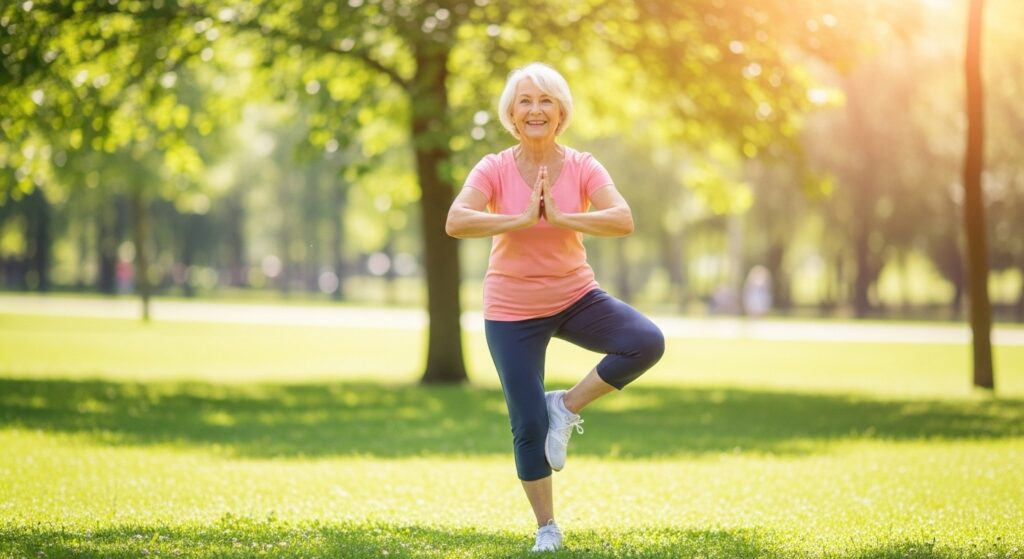
What are the 5 P’s of Falls Prevention?
A common method used in healthcare to create a safe environment is the “5 P’s” model. You can apply this at home:
- Pain: Are you in pain? Unmanaged pain can affect how you walk and move. Address any pain with your doctor.
- Potty: Do you need to use the toilet? Rushing to the bathroom is a common cause of falls. Plan regular trips.
- Position: Are you comfortable? Adjust your position slowly and ensure you feel steady before standing up.
- Possessions: Are your essential items within reach? Keep your phone, glasses, water, and remote control close by to avoid unnecessary reaching or trips.
- Plugs: Are pathways clear of clutter, cords, and rugs? Ensure your home is free of tripping hazards.
What Exercise is Most Effective in Preventing Falls?
The most effective approach is a combination of exercises that target balance, strength, and flexibility. We outlines three powerful investments you can make in your own body in under 10 minutes.
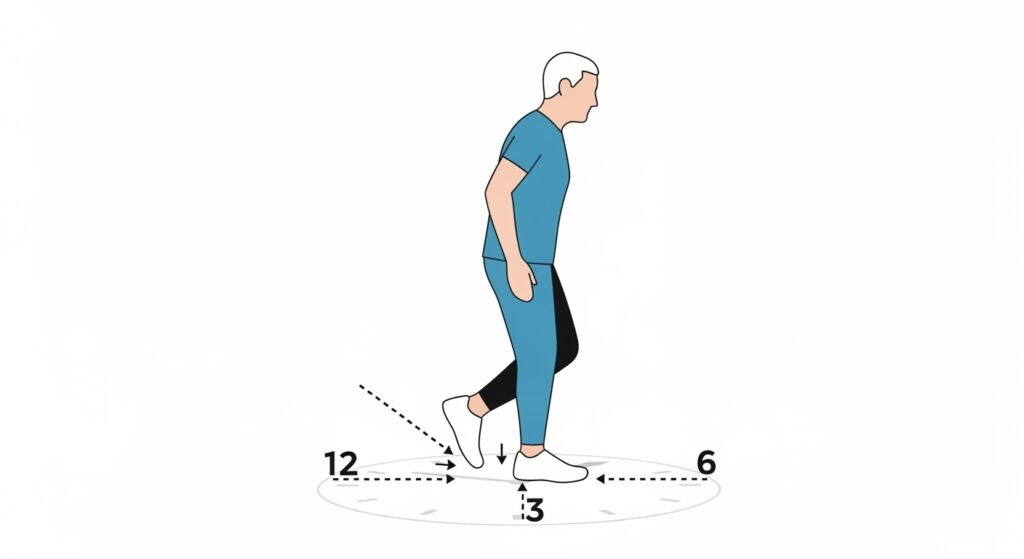
1. The Weight Shift: Recalibrate Your Body’s GPS
Your body has an internal guidance system called proprioception. This exercise sharpens the connection between your brain and your feet.
- Stand with feet hip-width apart, near a counter for support.
- Slowly shift your weight onto your right foot. Feel the muscles in your ankle and foot working. Hold for a count of three.
- Slowly shift your weight back to center and over to your left foot. Hold for three.
- Continue this gentle rocking motion for one full minute.
2. The Side Leg Raise: Build Your Stability Fortress
The muscles on the sides of your hips (like the gluteus medius) are your primary stabilizers. Weakness here can cause an unsteady gait.
- Stand tall, holding your support. Shift your weight to your left leg.
- Keeping your torso perfectly upright, slowly lift your right leg directly out to the side. The movement must come from your hip.
- Lift only a few inches—just enough to feel a gentle squeeze in your outer hip and glute.
- Slowly lower the leg, resisting gravity.
- Perform 10 slow, controlled repetitions on each side.
3. The Clock Reach: Sharpen Your Reaction Time
Life happens in motion. This exercise trains your dynamic balance.
- Imagine you’re standing in the center of a large clock. Balance securely on your left leg.
- Slowly reach your right foot forward to gently tap the 12 o’clock position. Return to the center without touching down if you can.
- Next, tap the 3 o’clock position to the side. Return to center.
- Finally, carefully tap the 6 o’clock position behind you. Return to center.
- This entire sequence is one repetition. Do five deliberate reps on each leg.
Frequently Asked Questions About Senior Falls and Strength
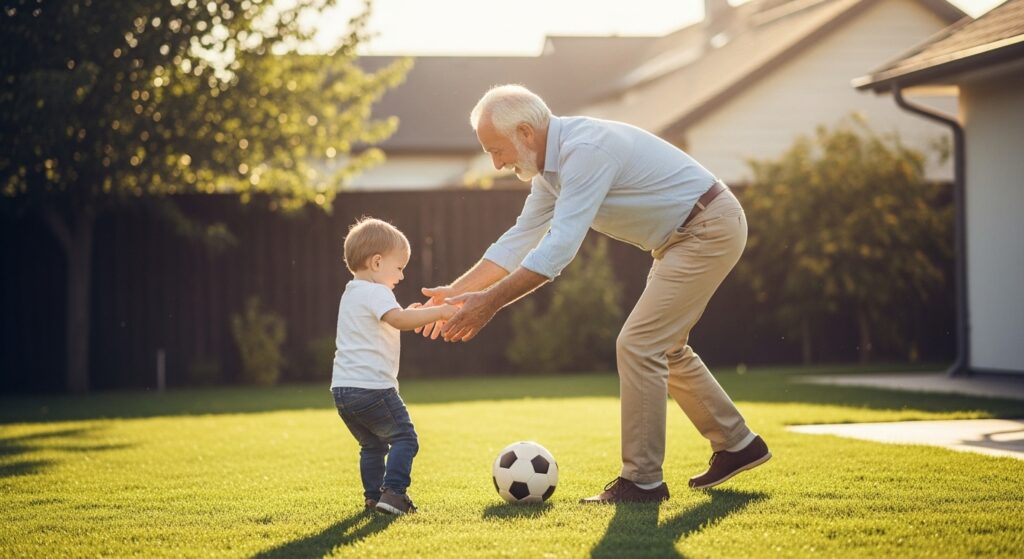
What is the number one cause of falls in the elderly?
While multiple factors contribute, the primary cause is often a combination of muscle weakness and balance issues. As we age, we can lose muscle mass and our sense of balance (proprioception) can decline, making it easier to lose stability.
Can elderly regain leg strength?
Absolutely. It is never too late to build strength. Consistent resistance exercises, like the side leg raises and the sit-to-stand exercise, combined with a protein-rich diet, can lead to significant gains in muscle mass and strength at any age.
What to eat for weak legs in the elderly?
Focus on protein, which is the building block of muscle. Aim to include a source of protein with every meal. Good sources include lean meats, poultry, fish, eggs, dairy, beans, and lentils. Staying hydrated, especially with water and milk, is also crucial for muscle function.
At what age do elderly start falling?
There is no specific age, but the risk increases significantly after age 65. According to the CDC, more than one out of four older people falls each year, and the risk grows with age.
What is the sit to stand exercise for seniors?
This is one of the best functional exercises. Sit on the front edge of a sturdy chair, feet flat on the floor. Without using your hands, stand up to a fully upright position. Then, slowly and with control, sit back down. This builds strength in the legs, glutes, and core—all essential for fall prevention.
Take the first step toward a safer, more confident future. Click here to watch the full video and learn these essential exercises for fall prevention.
